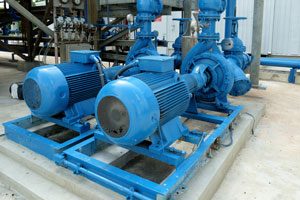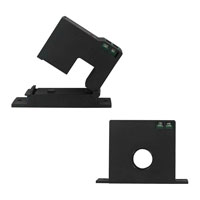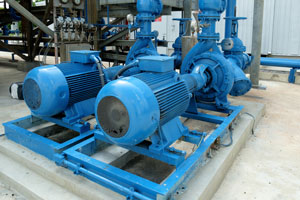 Motors are used for numerous industrial processes, be it moving air with a fan, pumping water with a pump, or driving a mechanical process. It is important to know when motors are not operating properly or require maintenance.
Motors are used for numerous industrial processes, be it moving air with a fan, pumping water with a pump, or driving a mechanical process. It is important to know when motors are not operating properly or require maintenance.
Many installations rely on a sensor or instrument used for the primary process, such as the use of a pressure transmitter to verify system pressure in a duct or the use of a flow transmitter to verify flow in a pipe. When errors or loss of pressure/flow are indicated, maintenance personnel may be dispatched to remedy the issue. However, this method does not indicate the root cause of an issue. Relying solely on primary process instrumentation opens the door to an unforeseen, possibly catastrophic situation.
Motors used to drive equipment often utilize a gear reduction or belt driven pulley system to transfer rotational force from the motor to a fan, pump, or other mechanical equipment. This intermediate power transfer is also susceptible to breakdowns or maintenance issues.

A simple solution to problems like these is to monitor the primary power delivery to the motors in the process. Using a current switch or transformer such as our Tell Tale Jr.™ Open Heater Detector, Series 3868, or our Current Transformer, Series CCT40/50, a facility can verify that the motor or motors in the process are receiving power and utilizing it properly.
A current switch will indicate if the motor is drawing current above a specific setpoint. This will indicate that a motor is receiving power and delivering it though the motor windings. Alternatively, a current transformer will provide a linear voltage or mA current output. This can be even more beneficial than a current switch, as trends can be monitored to determine if a motor is working harder than it needs to be. The simple addition of current switches and transformers can save money and prevent unexpected equipment failure. Utilizing current sensing in a process also allows the ability to create permissive control requirements, making processes safer and more efficient.

